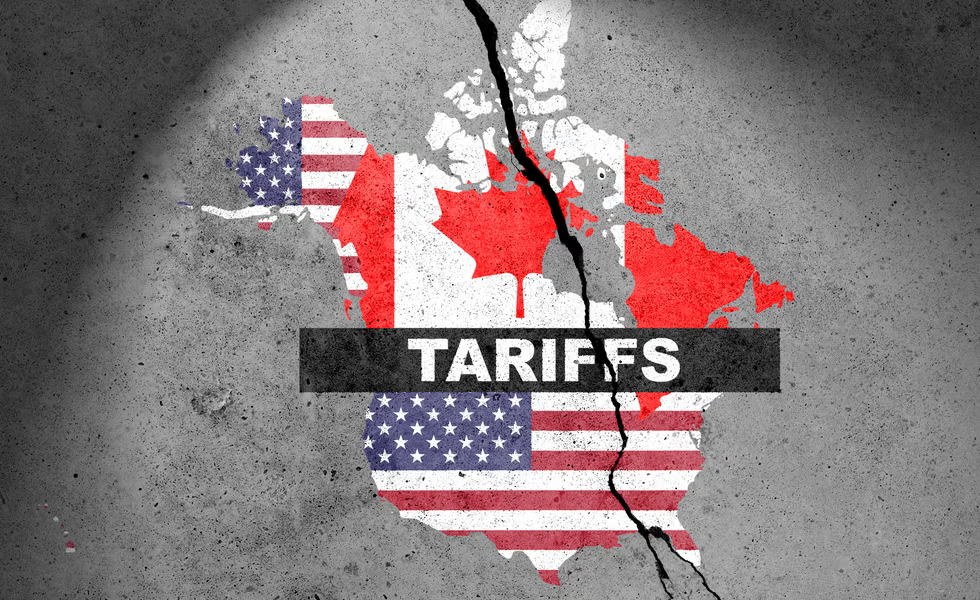
Introduction: Buckle Up for a Bumpy Ride
Tariff Turbulence : Buying a new car in the latter half of 2025 is becoming an increasingly unpredictable experience. Thanks to the Trump administration’s aggressive tariff strategy, automakers are absorbing billions in additional costs, but the burden is now starting to shift to consumers. With fewer vehicle choices, reduced EV incentives, and rising sticker prices, the journey to owning a new car is turning into a financial roller coaster.
Tariffs Tighten the Screws on Automakers
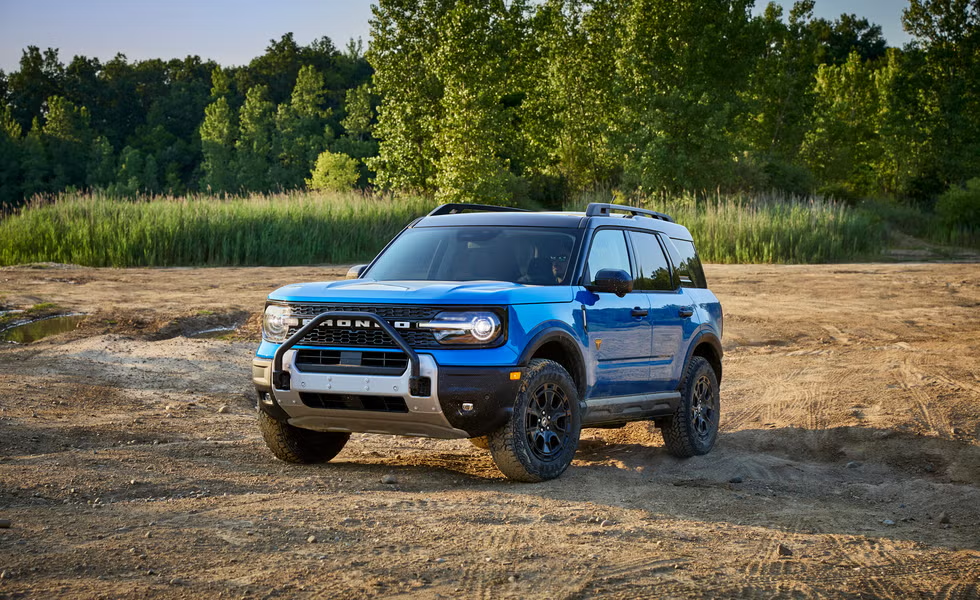
New tariffs imposed on imported vehicles and materials have significantly dented automakers’ profit margins. While companies initially tried to shield buyers from these costs, this buffer is wearing thin. Experts predict that by the end of 2025, new car prices could surge by 4 to 8 percent, pushing average prices past the $50,000 mark.
To date, the U.S. Treasury has collected $152 billion in tariffs this year—almost double last year’s amount. If plans proceed, the country’s average import tariff rate will surpass 18%—the highest since the 1930s.
Mounting Costs, Shrinking Choices
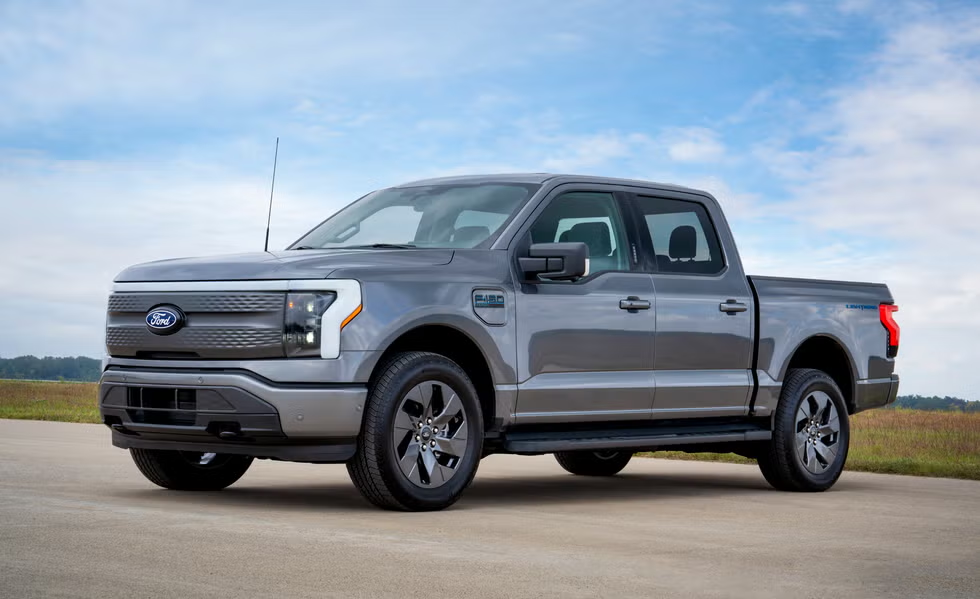
Major automakers like General Motors, Ford, Hyundai, and Volkswagen are already grappling with billions in added expenses. GM alone spent $1.1 billion on tariffs in Q2, with projections reaching $5 billion for the year. Ford expects a $2 billion tariff hit, despite most of its vehicles being U.S.-made. Even Hyundai’s substantial investment in a new U.S. EV factory hasn’t spared it from paying over $600 million in tariffs.
These skyrocketing costs are triggering price hikes and production shifts, impacting everything from mainstream sedans to luxury sports cars.
Dealers, Buyers, and Budget Models Feel the Pinch
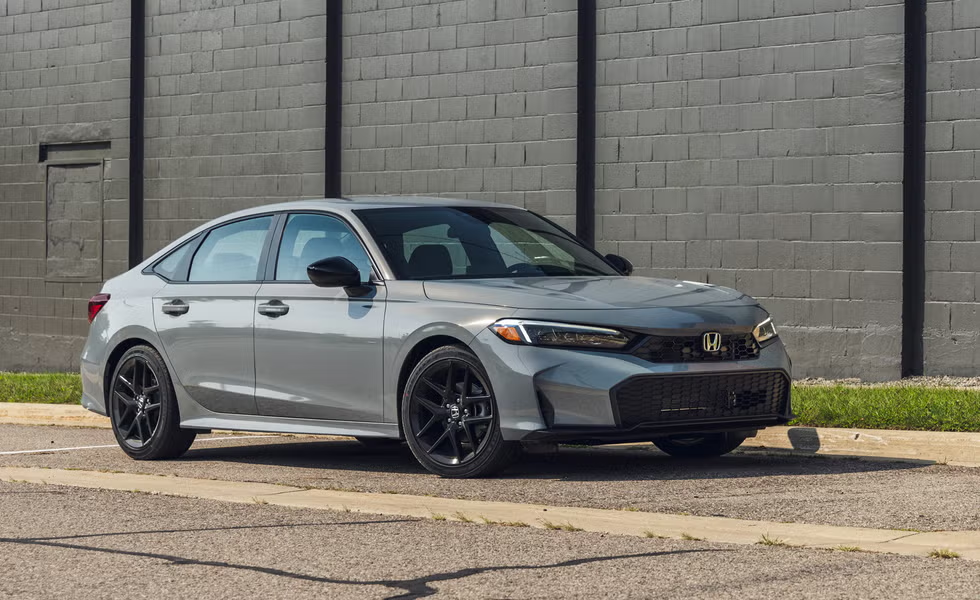
Consumers are already showing signs of price fatigue. With car loan payments over $1,000 becoming more common, interest rates staying high, and the price of insurance and repairs rising, buyers are nearing their financial limit.
Dealers and suppliers are also being asked to absorb some of the pressure, leading to reduced incentives like low-interest loans and special deals. Analysts warn that first-time and budget-conscious buyers will be hit hardest, especially as affordable vehicles under $30,000 become rarer. These vehicles made up nearly 40% of inventories five years ago but now account for only 13.6%.
Electric Vehicle Market Disrupted by Policy Shifts
As Washington turns away from pro-EV policies, including the elimination of $7,500 tax credits and reduced support for charging infrastructure, automakers are canceling or delaying EV projects. This year will see just 29 all-new vehicle models—a historic low.
Projections for new EV models over the next four years have been slashed nearly in half, from 140 to just 71. Automakers are retreating to their profit strongholds—large SUVs and pickups—leaving innovation and diversity in vehicle options behind.
A Strategic Shift Toward Hybrids—and a Warning for Detroit
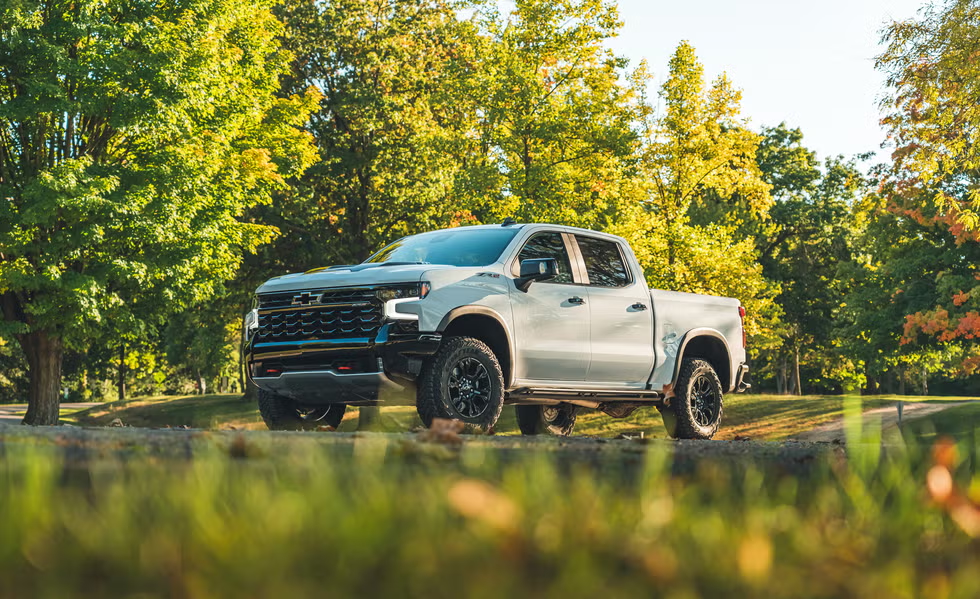
Hybrid vehicles are emerging as the safest bet in a market rocked by tariffs and wavering consumer interest in EVs. Electrified models now make up a record 22% of the U.S. auto market.
However, experts caution that focusing too heavily on trucks and SUVs could backfire. Over-reliance on gas-guzzlers may alienate younger buyers and weaken American carmakers’ competitiveness globally. Domestic models like full-size pickups have limited appeal abroad, risking isolation for U.S. brands.
The Tariff Debate: Protection or Overreach?
While targeted tariffs on Chinese vehicles may have merit—considering issues like human rights concerns, national security, or trade imbalances—blanket tariffs across the industry are more controversial. Free-trade advocates argue such policies can ultimately backfire, reducing competition, stifling innovation, and driving up costs for American consumers and companies alike.
In attempting to protect American industry, these broad-based trade policies may end up stifling it instead.
Conclusion: A Price War with No Winners?
With automakers stretched thin and consumers already burdened, the U.S. auto industry is at a crossroads. Will tariffs ultimately strengthen domestic manufacturing—or will they shrink consumer choice, inflate prices, and slow progress? For now, one thing is clear: new car buyers in 2025 face a market that’s more volatile, expensive, and uncertain than ever before.



